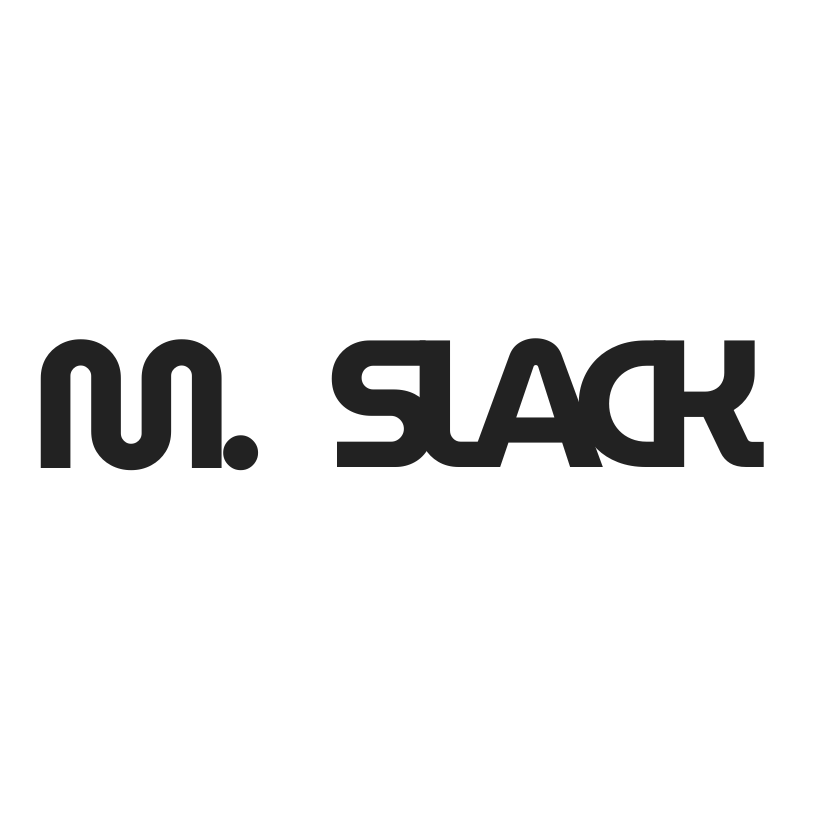INDYCAR

Project Overview
- Project Title: WAYR - Wayfinding in Airports
- Role: UX Researcher, Designer, Manager, and Tester
Timeline: 3 months (Academic Project)
Team: A team of 4 HCI students
The Challenge
Navigating a busy airport is often a stressful experience, especially for novice or non-native language-speaking passengers. The problem is a significant one, impacting 4.5 billion travelers annually and leading to increased cognitive load, missed flights, and a poor user experience.
This problem negatively impacts the user experience and user satisfaction. Flights delayed due to passengers arriving late at the gates can negatively impact the revenue of the airlines. Finding the right solution is a win-win for both the passengers and the airport business.
Our team set out to answer the question:
How might we help novice and non-native language-speaking air passengers make easier decisions while navigating through the airport?
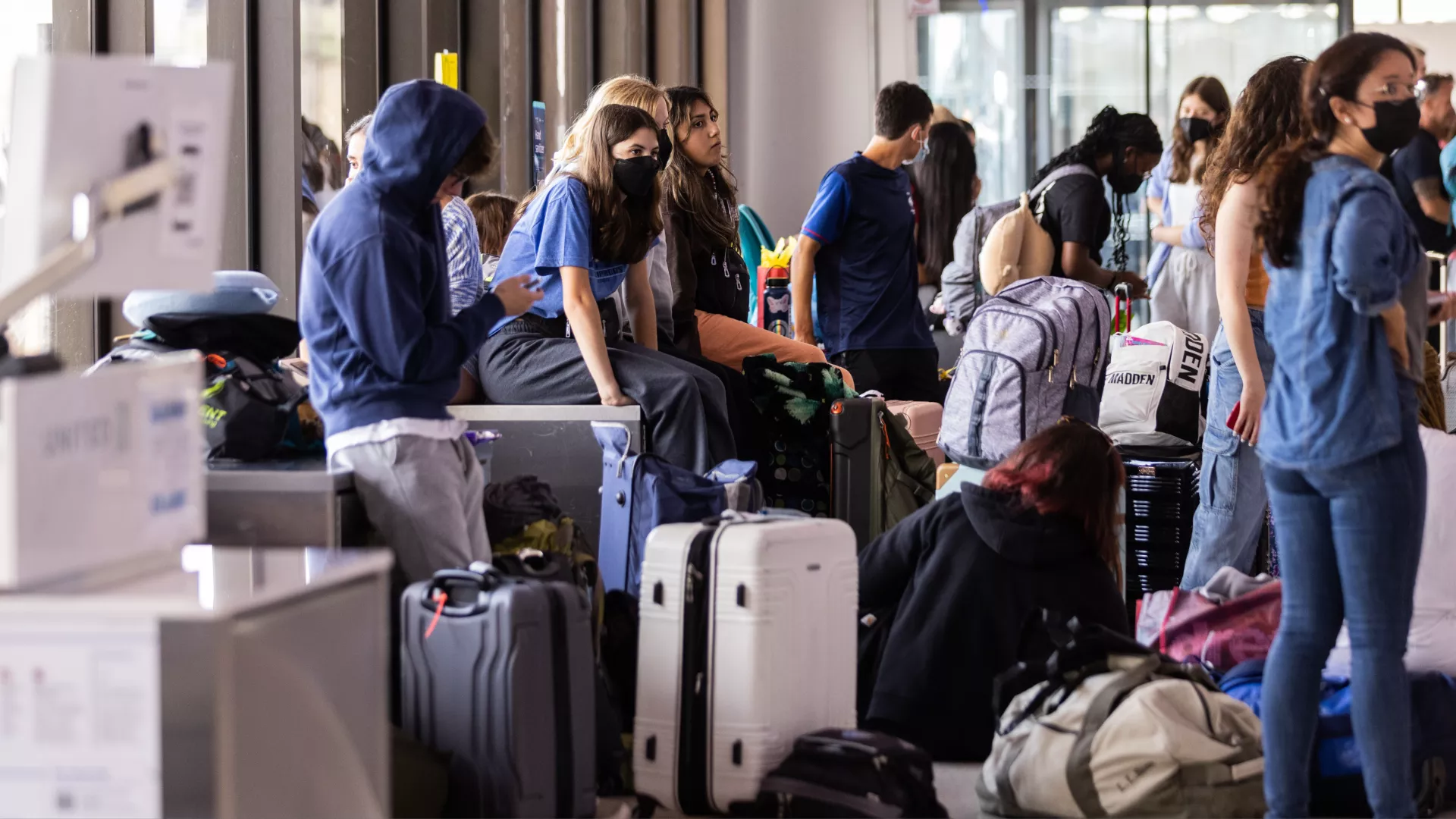
My Contribution & Impact
As a key member of a multi-disciplinary student team, I drove the project from initial discovery to final prototype. I led the research phase by conducting a literature survey of 10 papers, designing interview questionnaires, and performing online observations. My insights from an interview with a middle-aged, non-native speaker directly revealed critical pain points. I then translated these findings into a tangible solution by designing user flows and storyboards and developing medium-to-high-fidelity prototypes for the app's onboarding and key features. Finally, I was responsible for evaluating the solution through a cognitive walkthrough, which led to crucial design iterations and a more intuitive final product. My work ensured that the user's voice was at the center of every design decision, ultimately creating a solution that was not only innovative but also deeply empathetic.
Discovering the Problem through Research
Key Research Methods
- Literature Survey: To understand the cognitive load caused by airport signage.
- Online Observation: Analyzing vlogs and blogs to understand real-world user frustrations.
- Stakeholder Interviews: Speaking with a non-frequent, middle-aged traveler to uncover specific pain points.
Key Findings
- Communication Gaps: A non-native speaker almost missed his flight due to difficulty communicating with staff.
- Intuitive Navigation: Users found it hard to locate essential amenities like restrooms and food courts without asking for help.
- Terminal Transit: Switching between terminals was burdensome due to a lack of clear information.
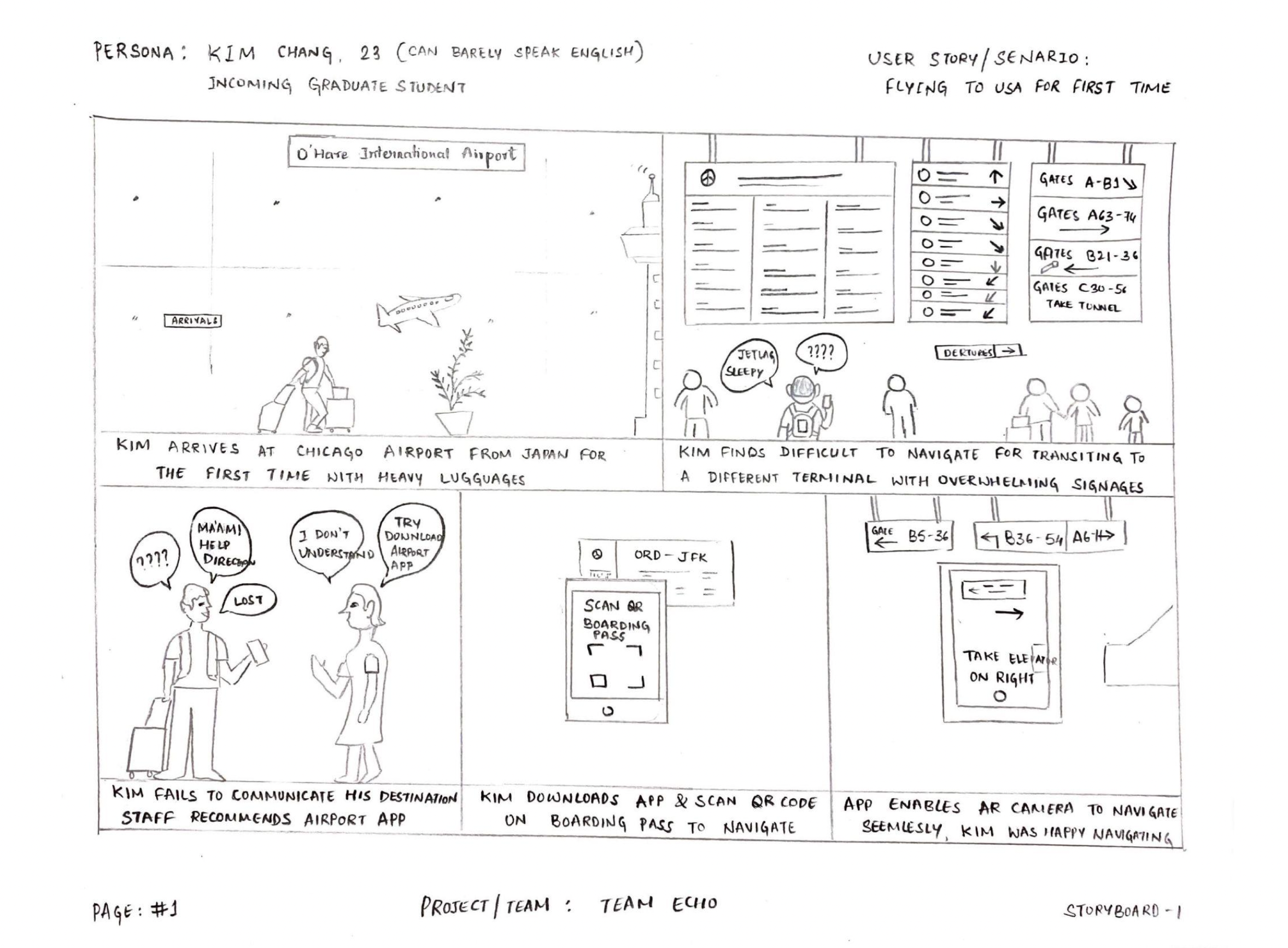
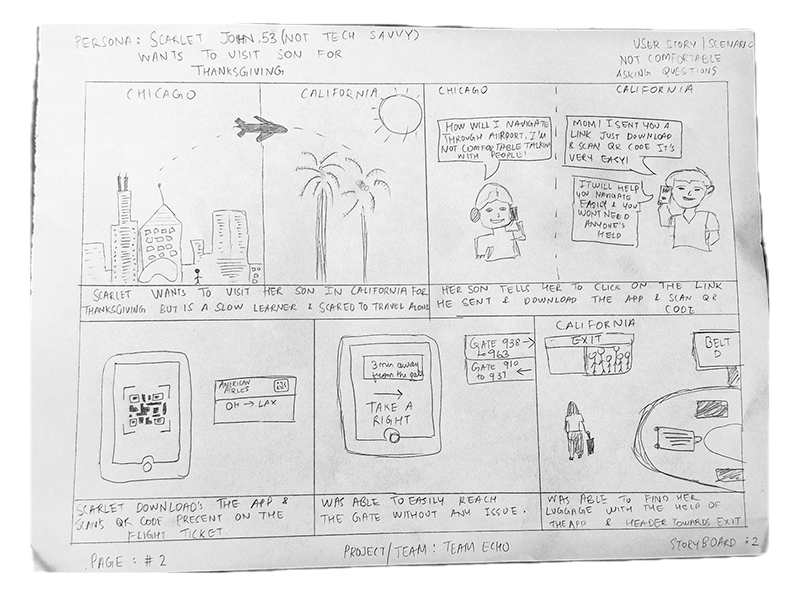
Designing the Solution: WAYR
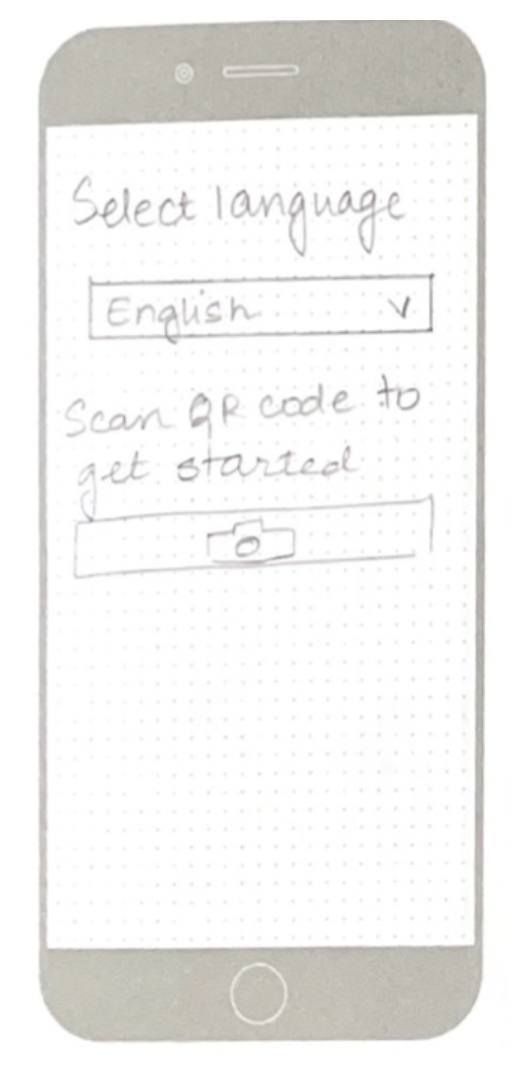
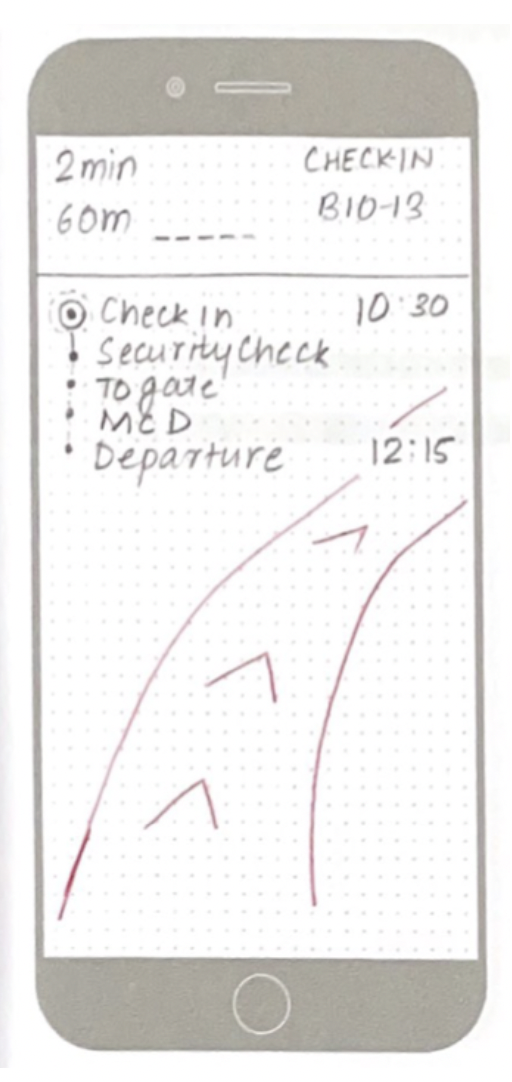
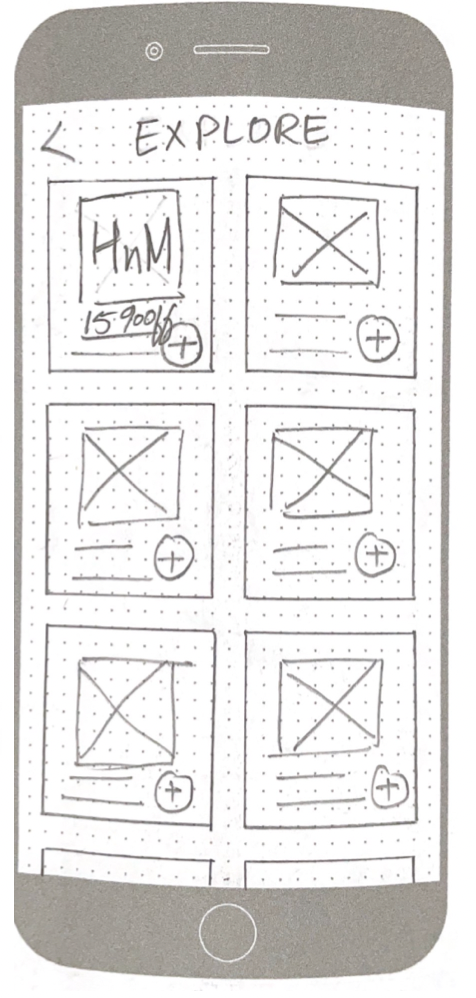
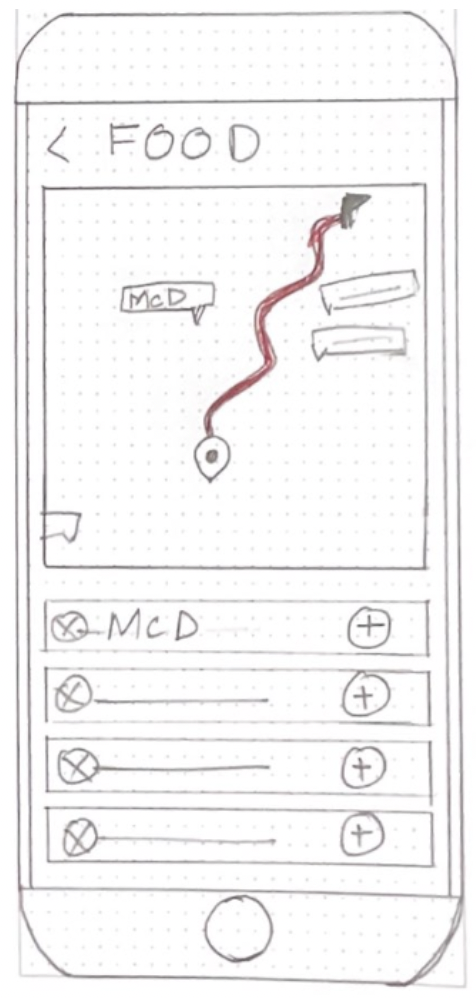
Key Design Decisions:
The core of our solution was the decision to use AR technology. This choice was a direct response to our finding that travelers suffer from information overload. AR allows us to simplify the environment by overlaying a clear, step-by-step path, reducing the cognitive load and making navigation effortless.
specific pain points.
Solution Highlights:
- AR-Driven Navigation: The app uses augmented reality to provide a clear, visual path to the user's gate.
- Personalized Experience: Users can select their preferred language and add checkpoints (e.g., a coffee shop, a restroom) to their journey.
- Real-time Updates: The app automatically updates the route and notifies the user if there are any changes to their flight schedule or gate.
Validation & Refinement
Key Feedback & Iterations:
- UI Clutter: The AR camera screen was too crowded with UI elements, hindering the primary function.
- Onboarding: Novice users would require a more intuitive onboarding process to understand the AR functionality.
- User Orientation: The app needed to provide assistance if the user was holding their phone incorrectly.



The Final Prototype
Impact & Reflection
Learnings:
- Empathy is Key: The project reinforced the importance of building empathy for users, especially those in high-stress situations.
- Simplicity is Design: The goal was not to add more information, but to present the right information at the right time, proving that less is often more.
- AR as a Tool: We discovered the potential of augmented reality as a powerful tool for solving real-world navigation challenges.

Related Projects
Sonitus iste temeritas alioqui amor vos autem. Desipio vitium vulariter victus vomer cumque adfero. Taedium sum ante sustineo cito censura corporis virtus cuius.
